Behind the Scenes: April 2019 – A quick recap of some of the homestead happenings that occurred on the Zenstead this month!
Thanks to this homestead lifestyle, Spring is winning over my heart even more than ever before! Spring brings colors and flavors and endless bounty for all your senses! But she also brings along a lot of chores! Even on a small homestead, there is a lot to do in the Spring! (Note that tired look on my face in the pic below!)
April is truly the month when we start kicking things into high gear! And this year, it’s been especially busy with our regular chores, our goats having kids (Eek! So exciting!), getting seedlings ready for the garden and learning how to keep bees!
Let’s dive into it all – the good (baby goats of course), the bad (me killing a bunch of my veg & flower starts) and everything in between!
Maintaining Weeds: The Good, the Bad and the Medicinal
Spring brings us aaaaall the weeds! The ones we love and cherish (like dandelion, nettles and chickweed) and the ones we despise! I am a firm believer that weeds really aren’t as bad as most people think! But, we still spend a lot of time keeping up on the weeds in the Spring!
I’m working on a post right now about how we naturally manage weeds on our homestead. They still get out of control, but we are getting better at maintaining them. The key is to get them while they are young and before they bloom! For us, that means weekly dedicated time for weed battles throughout March, April and May.
We’ve found that if we can get them under control during the early Spring months, the rest of the summer isn’t nearly as bad. We employed a lot of different tactics to combat them, like mulch and landscape fabric. But we also burn and pull weeds like crazy! I’m sharing all about that in my post 8 Ways We Control Weeds Naturally on the Homestead!
Seedling Progress and Setbacks
My goal this year is to start all of our annual veggies from seed. And things were going pretty well in April! There’s quite a method and flow to it! All my seeds started inside, in the seed starting cabinet (aka: “The Germination Station”). Gradually, based on their growth and size, I started potting them up (transplanting them into bigger pots) and moving them out to the greenhouse so they could enjoy some extra sun and warmth.
Towards the end of the month, I moved all the tomatoes and marigolds out to the cold frames so I could begin hardening them off. With room available in the greenhouse, I planted all of my cucurbits (cucumbers, squash, watermelon, etc). Everything was going well and my plant babies were so happy!
Then… disaster struck! ?
It was my own fault, too! We had a couple of extra cold nights and I didn’t realize that the greenhouse temps were also dropping so much overnight. It’s a good idea to have a thermometer in your greenhouse and black jugs of water to absorb heat during the day and radiate it back out at night. It’s also a good idea to cover your seedlings with a frost blanket or greenhouse plastic on especially cold nights.
I didn’t do any of those things. And, on the last day of April, I woke up to a greenhouse full of frost-damaged seedlings! Some of them were salvagable and some weren’t. Honestly, it could have been much worse! And, despite the setback, I think I will still be able to achieve my goal of growing everything from seed.These ups and downs are just all a part of the reality growing your own food!
Garden Progress
My cold crops, which I direct seeded in the garden in March, have popped up and are doing great! Right now, we have cauliflower (a couple types), broccoli (a couple types), kohlrabi, lettuce, kale, radishes, Brussel sprouts, onions, peas, nasturtiums, cilantro, carrots, leeks, garlic and a few other crops that I’m sure I’m forgetting! We’ve even been able to start snacking on radishes, radish greens and garlic greens! If you’ve never eaten garlic greens, you have to give it a try! We snip a couple from the plants (or harvest the volunteer garlic) and use them like green onions to top dishes and add a delicious garlic flavor!
We’ve had to develop some new, creative ways to keep the chickens from digging up our seeds and seedlings in the garden. In the past, we had cute little bantam cochins chickens and a small garden fence placed inside the raised beds kept them out. But now that we’ve added some athletic legbars, we had to increase our garden security!
So far, the method that has worked best is to cover the beds with wire fencing. I cut down pieces of the fencing (which is repurposed from the pasture fence after the goats destroyed it) and lay it flat over the seeds/sprouting plants. I bend the wire to curve it just a bit so that the chickens don’t want to walk on it. Read more about how we protect our garden from the free range chickens here!
For the plants that need extra protection as they grow, I’ve use repurposed chicken wire to make cloches for them. These were super easy to make! I bent the wire over to form the circle shape and then folded down the wire on the top. You can see the complete step-by-step process in this post! They’ve worked great and we have had less plant casualties this year than usual!
Goats, Milking & Weaning
Gypsy (mama goat) is a milking rockstar! She’s a mini-Lamancha (half Nigerian Dwarf/half LaMancha) and is milking a minimum of a gallon a day, although most days it’s a gallon and a half! Even with all that, she can’t keep up with these hungry babies! We supplement with whole cow milk from the supermarket and mix it with the goat milk. All the milk goes straight to the babies. We don’t enjoy the milk until after the babies have been weaned or gone to their new homes – depending on whichever comes first.
For those of you that are wondering why we bottle feed our babies, there are many reasons, and the debate can get just as crazy as the debate for human breast feeding! There is no one right way to do it, you just have to find the best method for you and your herd. We usually leave babies with mom for the first week or two and then wean them from mom and train them to drink from a bottle.
I think it’s easier emotionally, for both mama and babies, to wean when they are young. It also helps protect mama’s udder, because the babies can get pretty violent when they are hangry – just like me! ? We can also find the babies their new homes once they are well-started on the bottle, rather than having to wait until they are completely weaned at around 4 months old.
But most of all, we base it on each individual goat. Gypsy isn’t a super attached mom and was pretty sick of the babies after just a couple weeks. She’s perfectly happy to check on them through the fence every once in a while and let us do the hard work!
The babies are doing amazing and we still have all four of them. Two of them have been spoken for and we are currently looking for homes for the remaining two. In the meantime, we are thoroughly enjoying all the crazy baby goat antics and getting all the cuddles we can!
The Bees have Arrived (in a big way!)
The bees are finally here! We’ve been working with an experienced beekeeper to learn all about beekeeping and we finally got our first hives! Our focus is actually on propagation (making lots of happy, healthy hives) rather than honey. So we’ve been learning and experimenting with some unique methods to make the most out of hive splits and swarm catches.
It’s all experimental, but it seems to be working! We started the month with zero hives at our house and ended the month with NINE! This grew a bit faster than any of us expected, so we’ve been putting in some late nights building new nuc boxes (mini hive boxes – pictured below) to house them all! I’m really excited to see how many more hives we can produce over the summer. It might only be spring, but we’re already starting to focus on ways to make the hives strong and healthy to help ensure their survival over the winter.
What’s been happening on your homestead this Spring? Share with us in the comments!


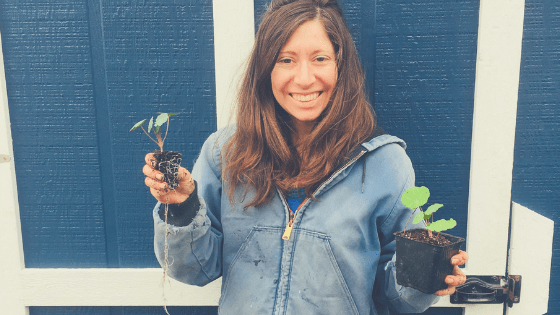
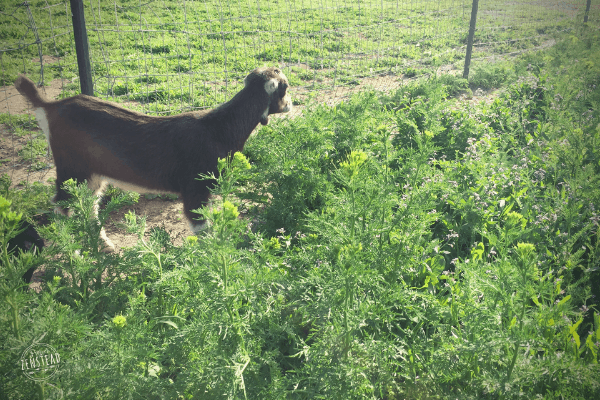











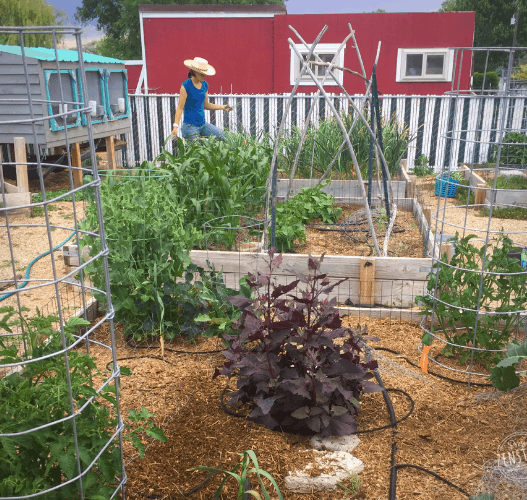
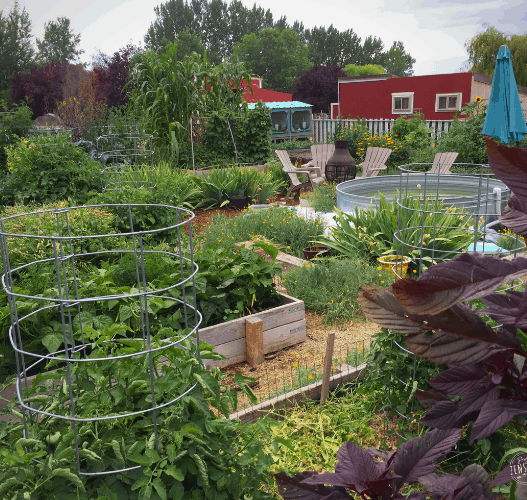
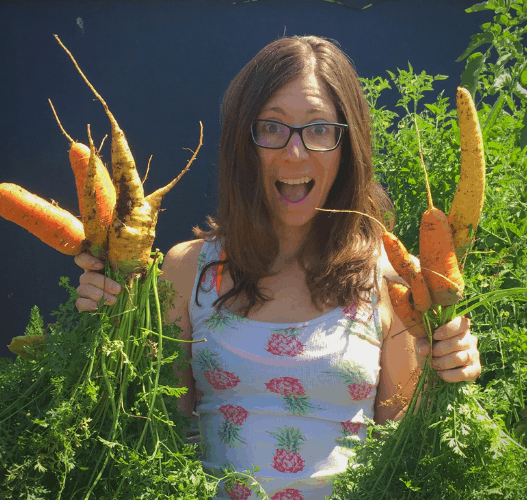
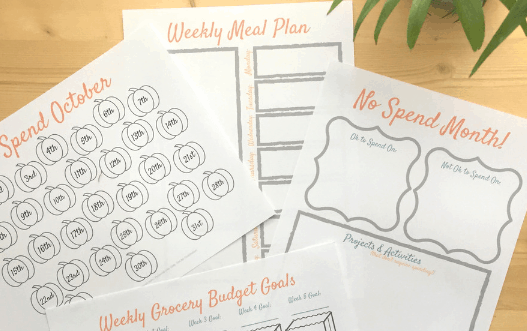


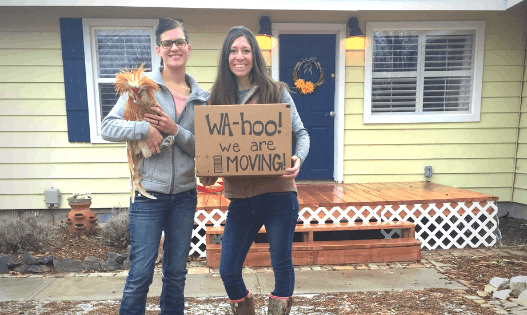
I’m not even close to this level of homesteading, I just have small gardens but the weeds here are no joke either!
Wow! I really enjoyed reading this! You guys are BUSY!! And GOALS!
I want to be more self-sufficient and you guys are definitely on your way. I love it!
We also had goats and couldn’t keep them in the fence… which is why I say *had* instead of *have* we couldn’t keep them in so we had to sell!
Oh I understand that! I just talked about our fence upgrades in my February Behind the Scenes post. Goats are such escape artists! Luckily, our neighbors are saints and have put them back in and fixed the fence multiple times for us! 🙂
I once thought I would be a homesteader…and then I changed my mind. But I have so much respect for you doing all this! For a while I was growing a lot of food in my backyard and starting it all from seed, so I know how much work that can be. It was a lot of fun, though. Until the cabbage worms invaded…
Anyways, glad some of your seedling survived, and the goats are so cute (and they already look mischievous)!
This is such an inspirational post! I love all the things you are doing. It is not in the cards right now with where we live and with our kids being so young, but I could see something like that for us in the future. Great work!
It is amazing how much work do you manage! You have a beautiful homestead, animals and garden. Very inspiring. Thanks
Thank you so much! That really means a lot! It’s definitely our little heaven on earth! 🙂